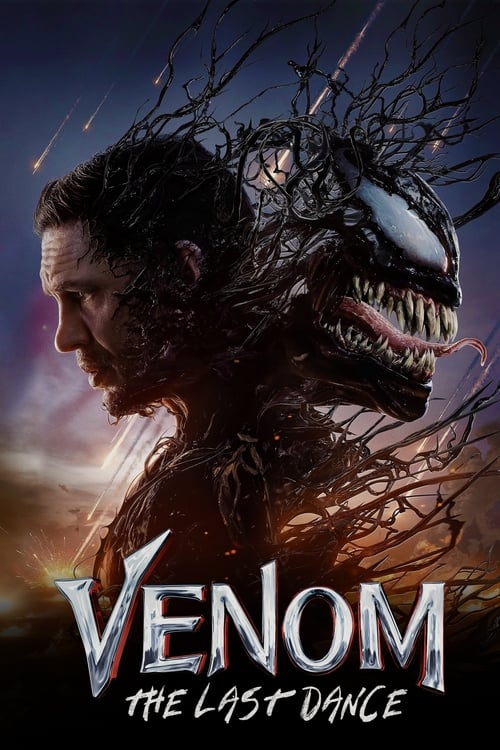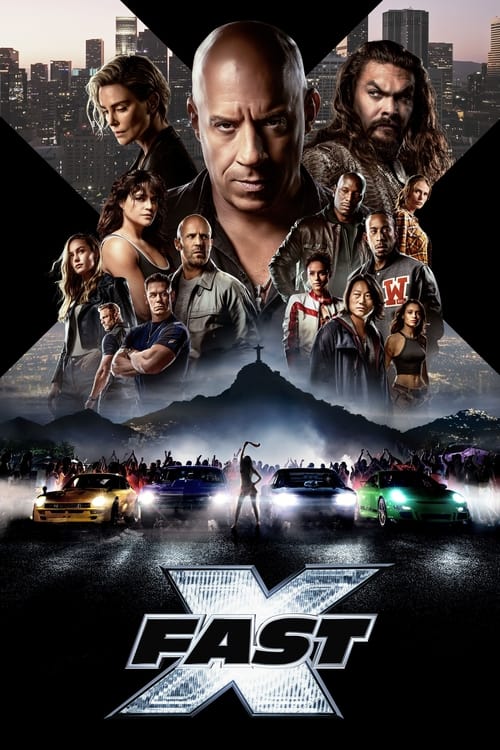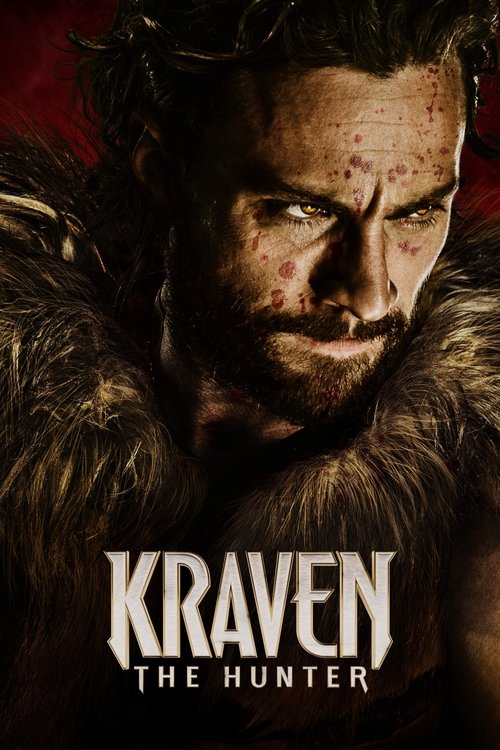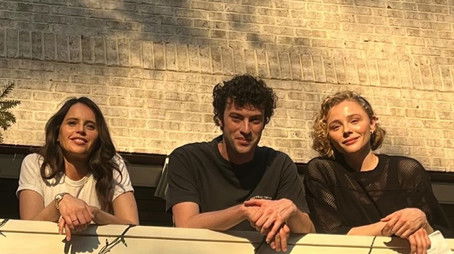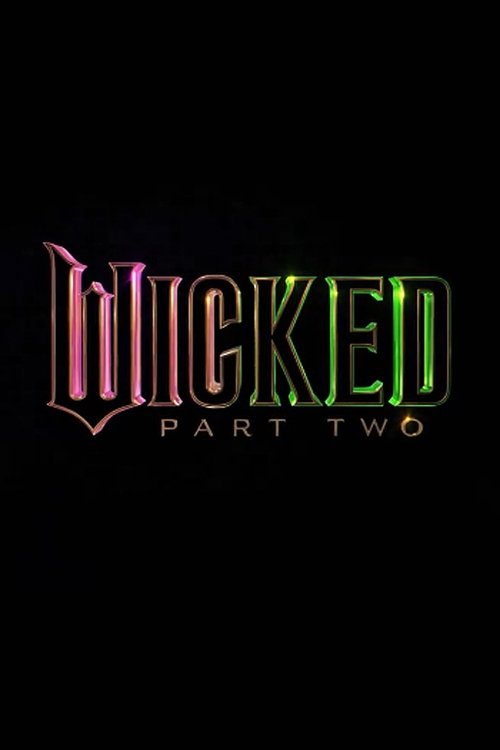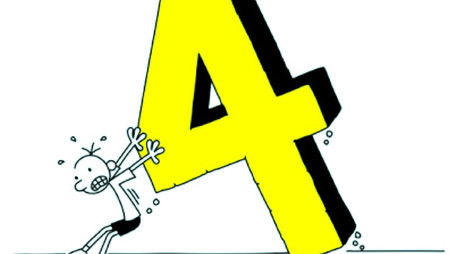
Ask Your Own Question
What is the plot?
Sorry, we aren't able to watch and write up a full detailed plot yet. Check back in a few days.
What is the ending?
The movie Stockholm Bloodbath (2024) ends with a brutal mass execution orchestrated by King Christian II of Denmark and Archbishop Gustav Trolle, known historically as the Stockholm Bloodbath. Anne Eriksson and Freja, who have been seeking revenge for their murdered family, join forces with the Swedish ruler Kristina Gyllenstierna to resist the Danish takeover. Despite their efforts, many Swedish nobles are executed for heresy during a treacherous "three-day friendship celebration." Anne's husband Johan is executed on the gallows, and the film closes with political maneuvering involving the Pope, signaling ongoing resistance and the tragic cost of the conflict.
In the final sequence of Stockholm Bloodbath, the story unfolds with Anne Eriksson and Freja, both driven by vengeance, aligning with Kristina Gyllenstierna, the recently widowed Swedish ruler. The film first shows the aftermath of Anne's wedding day massacre, where her family is slaughtered and Johan, her husband, is taken prisoner. Anne survives her wounds, cared for by Freja, and they begin hunting down those responsible, maintaining a kill list.
As the Danish King Christian II advances on Stockholm with his mercenary army, the Swedish aristocrats, including Anne and Freja, are caught in a political power struggle. Christian and Archbishop Gustav Trolle, who has been convicted of treason by Swedish nobles, seek to consolidate power by accusing many Swedish leaders of heresy. This accusation is a pretext for mass executions.
The film depicts a tense negotiation and a "three-day friendship celebration" intended to mark the Danish takeover. However, this event turns into a massacre. The Danes betray the Swedes, arresting and executing over a hundred nobles and prominent figures. The executions are brutal and public, with scenes showing the desecration of bodies, including the exhumation and burning of the Queen's husband and stillborn infant, symbolizing the utter ruthlessness of the Danish regime.
Anne's husband Johan is among those executed on the gallows. Anne witnesses his death, a deeply emotional moment that underscores the personal cost of the political conflict. Despite the carnage, Anne, Freja, and Kristina continue to resist, with the film ending on a note of political intrigue as Anne and a sympathetic Cardinal appeal to the Pope to intervene against the senseless violence and power grab.
The fates of the main characters at the end are:
- Anne Eriksson: Survives the massacre, driven by revenge and political resistance.
- Freja Eriksson: Also survives, silent but deadly, continuing the fight against the Danes.
- Johan (Anne's husband): Executed during the Stockholm Bloodbath.
- Kristina Gyllenstierna: Remains a leader of Swedish resistance after the massacre.
- King Christian II: Successfully seizes the Swedish throne but at the cost of widespread bloodshed.
- Archbishop Gustav Trolle: Acts as Christian's advisor, instrumental in the heresy accusations and executions.
The ending scene is marked by the grim reality of political betrayal and the high human cost of the Danish conquest, with Anne and Freja's quest for vengeance and justice left unresolved but ongoing. The film closes with a post-credit scene hinting at further developments in this historical conflict.
Is there a post-credit scene?
The movie "Stockholm Bloodbath" produced in 2023 (not 2024) does indeed have a post-credit scene. However, the description of this scene is not detailed in terms of its content, except that it is described as a "stupid punchline" that was found annoying by some viewers. There is no specific information about what the punchline entails or how it relates to the plot or characters of the film. The scene does not seem to set up a sequel or provide any significant additional context to the story.
What motivates Anne and Freja to seek revenge?
Anne and Freja are motivated to seek revenge because their family was brutally murdered by Danish soldiers on Anne's wedding day. This event sets them on a path of vengeance against those responsible, including the Danish King Christian II and his allies.
How does Freja's character evolve throughout the story?
Freja, a deaf huntress, evolves from being a victim of violence to a determined avenger. She compiles a list of her targets, using descriptive names since she doesn't know their actual names. Her actions become more calculated and deadly as she seeks justice for her family.
What role does Kristina Gyllenstierna play in the story?
Kristina Gyllenstierna, the recently widowed Swedish ruler, allies with Anne and Freja. She is a strong leader who faces skepticism and misogyny from the Danish side, particularly from King Christian II. Her leadership and determination are crucial in the political struggle against Denmark.
How does the character of King Christian II influence the plot?
King Christian II of Denmark is a central antagonist who seeks to reclaim the Swedish crown. His actions are driven by a desire for power and revenge, leading to brutal massacres and political manipulations. His character embodies the ruthless ambition that fuels the conflict between Sweden and Denmark.
What is the significance of the historical event known as the Stockholm Bloodbath in the film?
The Stockholm Bloodbath is a pivotal historical event in the film, marking a climax of violence and political upheaval. It represents the culmination of the power struggle between Sweden and Denmark, where many are executed under accusations of heresy. This event serves as a backdrop for Anne and Freja's quest for revenge and justice.
Is this family friendly?
"Stockholm Bloodbath" is not family-friendly due to several potentially objectionable and upsetting aspects. Here are some elements that might be disturbing for children or sensitive viewers:
-
Violence and Gore: The film features extensive and graphic violence, including beheadings and other forms of brutal execution. These scenes are vividly depicted, often with characters reveling in the carnage, which can be deeply unsettling.
-
Language and Tone: The movie includes strong language and a tone that is often dark and brooding, with moments of attempted humor that may not resonate with all audiences.
-
Emotional Distress: Characters experience significant emotional pain and trauma, particularly the female characters who are central to the story. Their struggles and the injustices they face can be emotionally taxing for viewers.
-
Historical Brutality: The film is based on a historical event known for its brutality, and it does not shy away from depicting the harsh realities of that time period. This can be distressing for viewers who are sensitive to historical violence or prefer less intense content.
Overall, while the film may spark interest in historical events, its graphic content and mature themes make it unsuitable for younger audiences or those who prefer less intense viewing experiences.



























